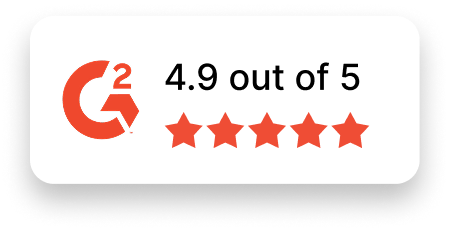Financial Systems Analyst Job Description Template
Use this template to craft job descriptions for hiring Financial Systems Analysts. Customize it to align with your organization’s specific needs and objectives.
Job Title: Financial Systems Analyst
Location: [Specify Location or Remote]
Job Type: [Full-time/Part-time/Contract]
About the Role
We are seeking a detail-oriented and analytical Financial Systems Analyst to optimize our financial systems and processes. You will collaborate with cross-functional teams to assess, enhance, and maintain our financial software solutions, ensuring they align with business goals and regulatory standards. Your expertise will empower key stakeholders with accurate data and insights to make informed decisions.
If you thrive on solving complex problems, have a passion for financial technology, and enjoy improving operational efficiency, this role is for you.
Responsibilities
- Analyze, maintain, and enhance financial systems to support business operations.
- Collaborate with finance and IT teams to identify areas for process improvement and system optimization.
- Troubleshoot and resolve issues within financial systems to ensure data integrity and system functionality.
- Configure and customize financial software solutions to meet evolving business requirements.
- Assist with system upgrades, testing, and implementation of new technologies.
- Develop and maintain detailed documentation for financial systems, configurations, and workflows.
- Provide training and support to end-users, ensuring effective and efficient use of financial systems.
- Create and generate financial reports to assist in strategic decision-making.
- Monitor compliance with financial regulations and internal policies, implementing necessary controls or updates.
- Stay current on advancements in financial technology and best practices for system management.
Required Skills & Experience
- Bachelor’s degree in Finance, Accounting, Information Systems, or a related field (or equivalent experience).
- Experience with financial systems such as SAP, Oracle Financials, NetSuite, or QuickBooks.
- Strong understanding of accounting principles and financial processes.
- Proficiency in business intelligence and reporting tools, such as Power BI, Tableau, or similar.
- Experience with system testing, troubleshooting, and maintenance.
- Ability to analyze data, identify trends, and deliver insights to support decision-making.
- Excellent problem-solving skills and attention to detail.
- Strong verbal and written communication skills to collaborate effectively with technical and non-technical stakeholders.
- Understanding of internal controls and regulatory compliance practices.
Nice-to-Have Skills
- Advanced knowledge of SQL or other database query tools.
- Experience working in a cloud-based financial environment.
- Familiarity with project management methodologies, such as Agile or Waterfall.
- Certification in financial systems or related qualifications (e.g., CFA, CPA, or PMP).
- Previous experience in systems integration or implementation projects.
- Knowledge of scripting or automation tools to streamline tasks (e.g., Python, VBA).
- Proven ability to manage multiple tasks and deadlines in a fast-paced environment.
Why Join Us?
- Innovative Systems: Work on cutting-edge financial technologies that drive efficiency and accuracy.
- Collaborative Culture: Join a team that values collaboration, learning, and shared success.
- Career Development: Expand your expertise through professional training and advancement opportunities.
- Work-Life Balance: Enjoy flexible working arrangements tailored to your needs.
- Inclusive Workplace: Join a diverse, welcoming environment where your unique skills and perspectives are valued.
Apply Now
Are you ready to enhance financial systems and play a critical role in improving business performance? Join [Your Company Name] as a Financial Systems Analyst and help us build scalable and efficient solutions. Apply today!

